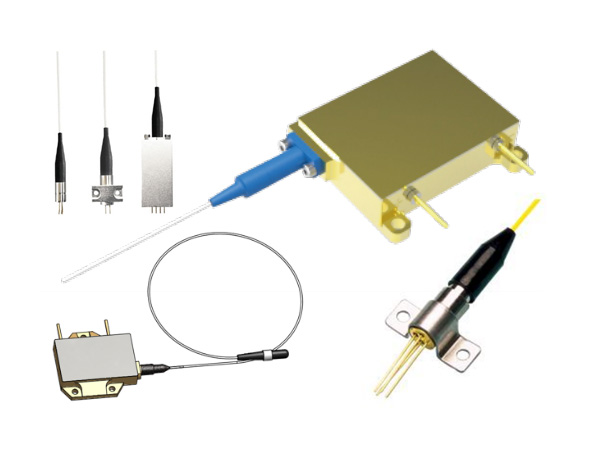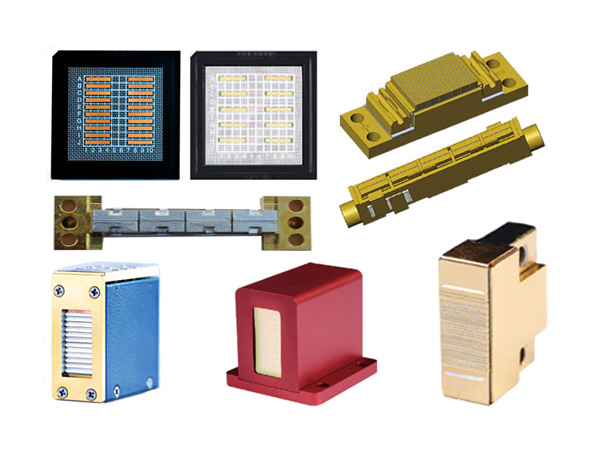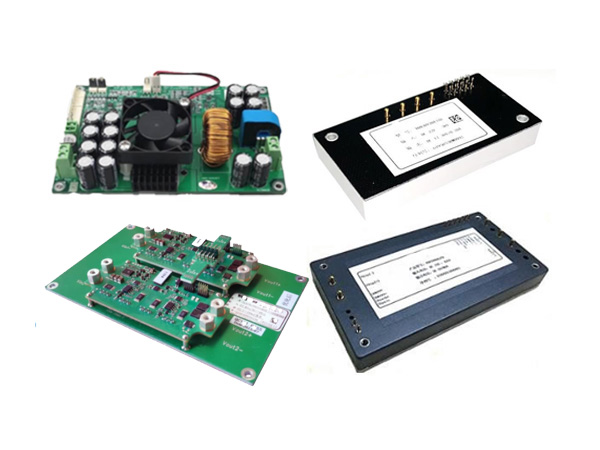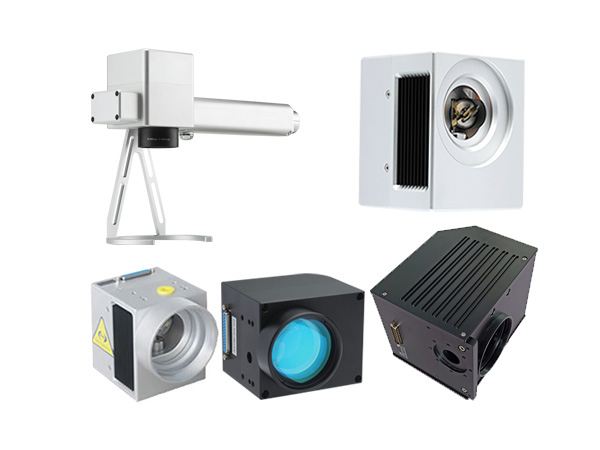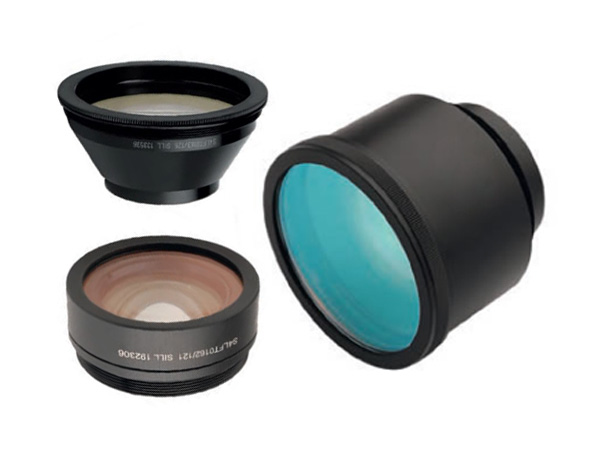Laser Welding Revolution in Power Battery Manufacturing: From Cell to PACK Integration
Amid the explosive growth of new energy vehicles, laser welding has become the "gold standard" for power battery manufacturing with its 30% deeper penetration and 50% less thermal deformation compared to traditional processes.
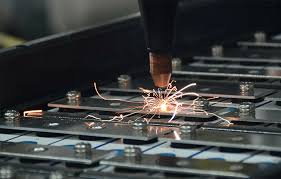
Ⅰ. Mid-section Cell Assembly Revolution
Laser welding penetrates four critical nodes:
Can Sealing: Fiber lasers achieve 0.1mm-level seams with hermeticity ≤10⁻¹¹ Pa·m³/s
Cap Welding: Vision positioning ensures ±0.05mm precision, yield rate reaches 99.8%
Filling Port Sealing: Pulse laser controls heat input <50J/cm², preventing electrolyte contamination
Ultra-thin Tab Welding: Beam oscillation technology solves brittle phase issues for 0.2mm Cu-Al dissimilar materials
Case: CATL's 5-series battery line uses blue lasers (450nm) to increase copper absorption by 60% at 120mm/s welding speed
Ⅱ. PACK Module Integration Breakthroughs
Three key advancements in module stage:
1. Multi-material Connector Welding
Cu-Al joints with hybrid welding (Laser+MIG) achieve tensile strength >120MPa
Busbar deformation <0.1°
2. Precision Bursting Disc Welding
0.3+0.3mm Al sheets welding
Burst pressure stabilized at 1.5±0.2MPa (meets GB 38031-2020)
3. CTP/Blade Battery Integration
Beam shaping enables 8:1 aspect ratio for 8-layer foil penetration
Ⅲ. Techno-economic Advantages
| Metric | Traditional | Laser Weling | Improvement |
| Cycle Time | 0.8s/point | 0.25s/point | 68.75% |
| Yield Rate | 92.5% | 99.3% | 7.3% |
| Energy Cost | $0.45/m seam | $0.15/m seam | 66.7% |
Forecast: With 3μm beam shaping optics and AI weld monitoring, laser welding penetration in battery manufacturing will exceed 85% by 2025 (2023: 62%). For more further information, pls click here.
 English
English Français
Français Deutsch
Deutsch euskara
euskara Русский язык
Русский язык Italiano
Italiano Português
Português Nederlands
Nederlands Polski
Polski Greek
Greek Lietuva
Lietuva Türkçe
Türkçe 日本語
日本語 한어
한어 中文
中文 தாமில்
தாமில் فارسی
فارسی हिंदी
हिंदी Tiếng Việt
Tiếng Việt ภาษาไทย
ภาษาไทย Pilipino
Pilipino Indonesia
Indonesia தாமில்
தாமில்
